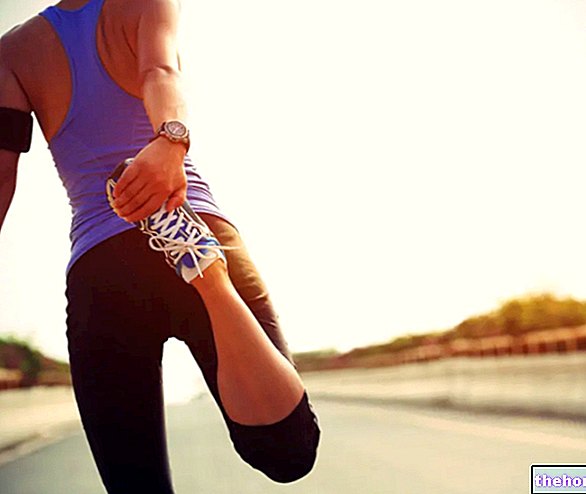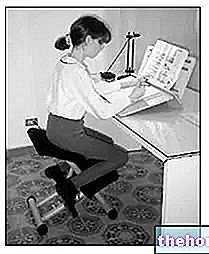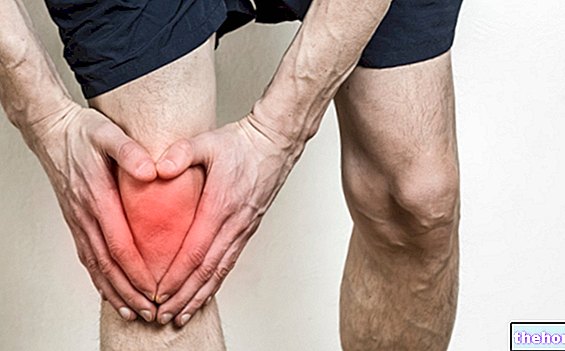Meniscus | anatomy and physiology |
Meniscal tears
Treatment of meniscal tears
INTRODUCTION: meniscectomy involves the total or partial removal of the injured meniscus. In this regard, the surgeon will try to save as much as possible the integrity of the meniscus as the risk of degenerative changes affecting the knee is directly proportional to the amount of meniscus removed.
If you have undergone this type of surgery, waiting for new scientific discoveries, you can delay the degenerative processes of the joint as much as possible by following these three simple rules: keep your body weight in the normal range, avoid physical exercises that weigh on the joint, prevent further knee injuries as far as possible.
The main objectives of the rehabilitation treatment are to regain the complete mobility and functionality of the knee.
Rehabilitation after meniscal injury is faster if the injured part of the meniscus is surgically removed. In this case, the patient is usually able to walk already one or two days after surgery and can return to normal activities after a few weeks (2-6 weeks depending on the extent and location of the lesion).
The rehabilitation process, on the other hand, is longer if the meniscus is surgically repaired (suturing surgery). In this case you will have to walk with the help of crutches for four weeks and a complete return to sporting activity will only be possible after four / six months.
The rehabilitation protocol to be undertaken also varies based on numerous other factors. During the operation, the surgeon could in fact discover and repair other injuries that require a different rehabilitation treatment from the traditional one.
For all these reasons, the rehabilitation process must be established and planned with your doctor.
Let's now look at an example of a rehabilitation program after meniscectomy.
Immediately after the operation, the patient is fitted with a special knee brace that can block him in an extended position or allow small controlled movements.
The day after the operation, crutches are made available to the patient for walking. Other times, walking under load is allowed from the first day after the operation, provided that the knee is blocked in extension by the brace.
In the following days the brace can be removed, allowing limited flexion movements of the knee in relation to the tolerability of the movement (45-60 °). The goal of these first days will be to strengthen the quadriceps muscle. In this regard, open kinetic chain exercises and, subsequently, closed kinetic chain exercises (half squat) can be performed.

Quadriceps isometric contractions: sit on the ground, with the injured leg extended and close to the ground, the other bent. Push the injured knee towards the ground by contracting the quadriceps (anterior thigh muscle). Hold for 10 seconds, relax and repeat 3 times
Extensions of the lower limb: sitting on the ground, with the injured leg extended and close to the ground, the other bent. Contract the quadriceps muscles to raise the injured limb 20 cm while keeping the knee fully extended. Hold the position for 10 seconds, relax and repeat 3 times
Half squat: stand, hands at your hips, feet shoulder-width apart with toes turned outwards by 30 °. Flex both knees by 45 degrees, push on the heels by contracting the thigh muscles and return to the starting position Repeat 10 times.
Step, up and down: trains all thigh muscles and glutes. Climb up a 5 cm step using the injured limb, then slowly descend until the heel (not the toes) of the other foot rests. Lift upwards by applying force to the heel of the painful limb and repeat. During flexion The injured knee should never exceed the vertical projection of the toe. The height of the step will be progressively increased session after session (10-15-20 cm).
Rehabilitation can be done safely in water, but only after skin wounds have healed (usually after 10-15 days).
In the intermediate phase (2-4 weeks after the operation) the rehabilitation program will continue increasing the intensity of the exercises. Resistance exercises (isotonic) will thus be introduced to strengthen the thigh muscles (both flexors and extensors) in relation to the tolerability to exercise. During the half squat you can reach 60 ° of flexion always based on the degree of recovery and individual sensations.
In this phase it is also important to improve the proprioception of the joint by working on a tilting platform in bipodalic support.
In the third and last phase (4-8 weeks) the work will continue with the isotonic and isokinetic strengthening of the whole lower limb. Closed kinetic chain strengthening exercises of progressively increasing intensity will be introduced such as plyometric exercises, jumps, jumps, etc.
The rehabilitation protocol after meniscus suturing is much slower than the previous one, even if it has the same objectives. The planned exercises are roughly similar, but much more cautious and postponed from the initial period of forced immobility. Complete recovery will take place in this case only three to four months after the operation.




























